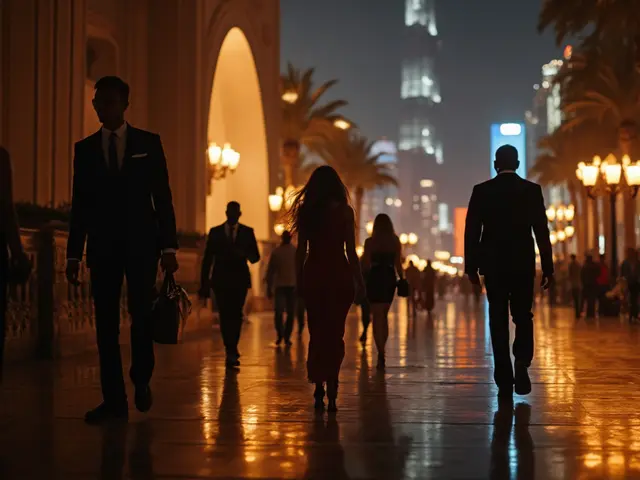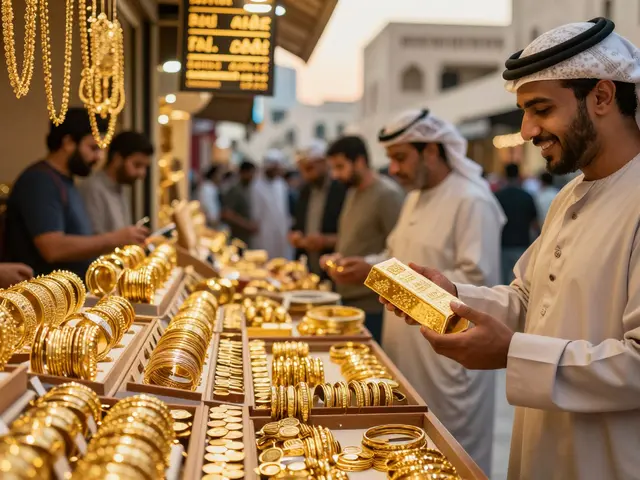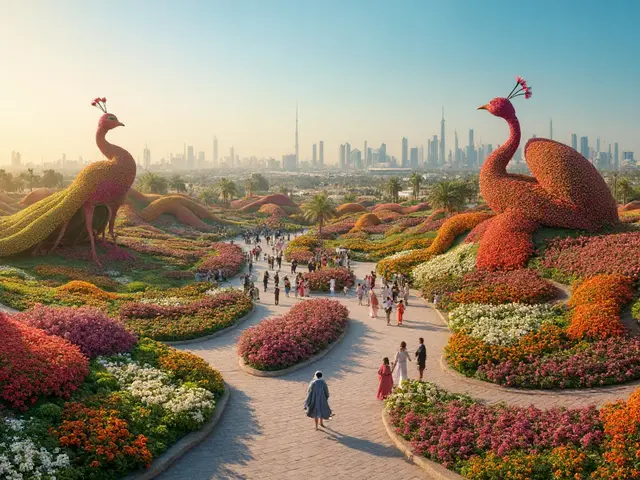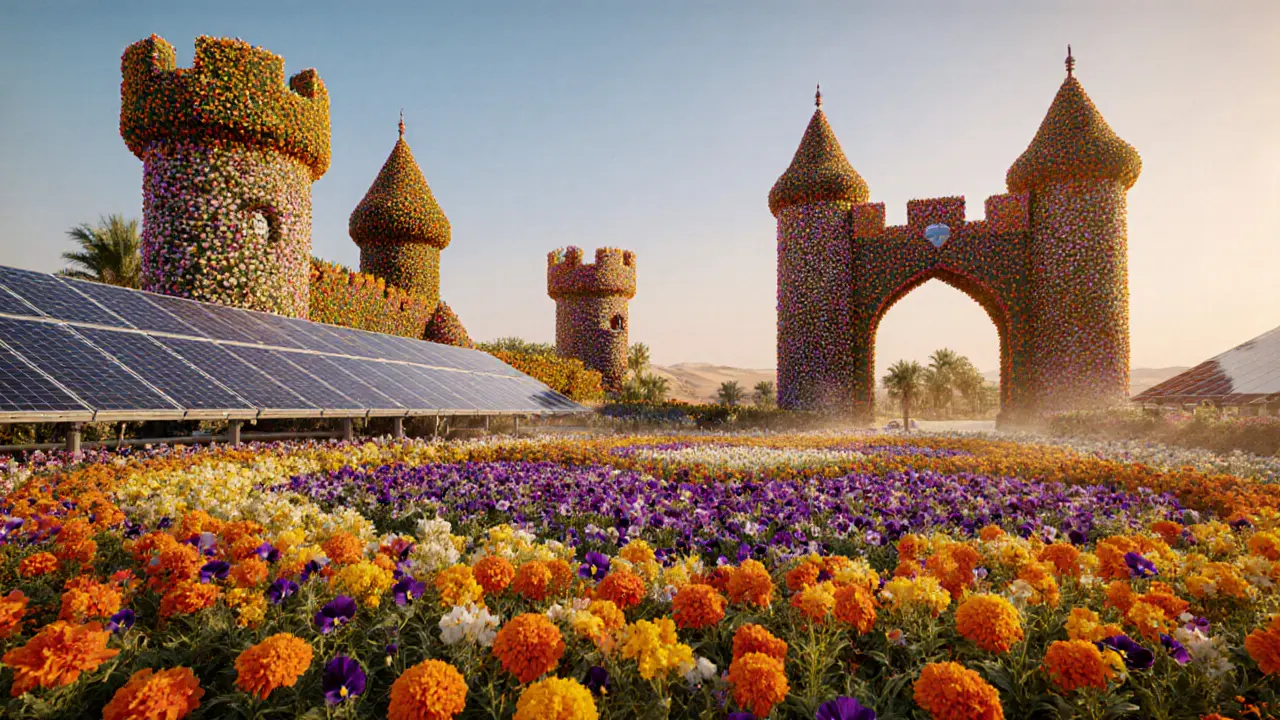
Dubai Miracle Garden isn’t just a postcard-perfect explosion of flowers-it’s a feat of engineering in one of the world’s driest places. Over 150 million flowers bloom here each season, arranged into towering castles, spinning hearts, and life-sized Disney characters. But behind the colors and crowds lies a hard question: how is this possible in a desert that gets less than 100 millimeters of rain a year?
Water Use on a Massive Scale
The garden uses about 36 million liters of water annually to keep its blooms alive. That’s enough to fill 14 Olympic-sized swimming pools. Most of it comes from treated wastewater, not fresh groundwater. Dubai recycles nearly 90% of its sewage into non-potable water, and the Miracle Garden is one of its biggest users. This isn’t ideal, but it’s far better than using drinking water for flowers.
Compare that to a typical public park in a rainy climate: it might use 1 million liters a year. The Miracle Garden’s water footprint is 36 times larger. But here’s the twist-it wouldn’t exist without recycling. Without treated wastewater, the garden would be impossible. The system works because it repurposes waste that would otherwise be discharged into the sea.
Energy for Cooling and Irrigation
Keeping flowers alive in 50°C heat requires more than water. The garden uses solar-powered pumps and automated drip irrigation to minimize waste. Sensors monitor soil moisture in real time, adjusting water flow down to the individual plant. That’s smart tech-but it still needs electricity. The pumps, lighting for night visits, and climate-controlled greenhouses for seasonal blooms all draw power.
Dubai has invested heavily in solar energy, and the garden runs on a mix of grid power and on-site solar panels. Still, maintaining this scale of greenery in the desert requires energy that wouldn’t be needed in cooler climates. A similar garden in London or Sydney wouldn’t need artificial cooling or nighttime lighting. The environmental cost of beauty here is higher by design.
Flowers That Don’t Belong
Most of the flowers in the garden aren’t native to the Arabian Peninsula. You’ll find marigolds from Mexico, petunias from South America, and pansies from Europe. These plants are grown in controlled nurseries abroad, then shipped in containers under strict climate control. Each shipment adds to the garden’s carbon footprint.
There’s no local alternative. Native desert plants like ghaf trees or desert roses don’t bloom in the vibrant, dense patterns tourists expect. The garden’s appeal relies on exotic, colorful blooms that can’t grow naturally here. That’s not a flaw-it’s the point. But it does mean the garden’s visual magic depends on global supply chains, plastic pots, and air freight.
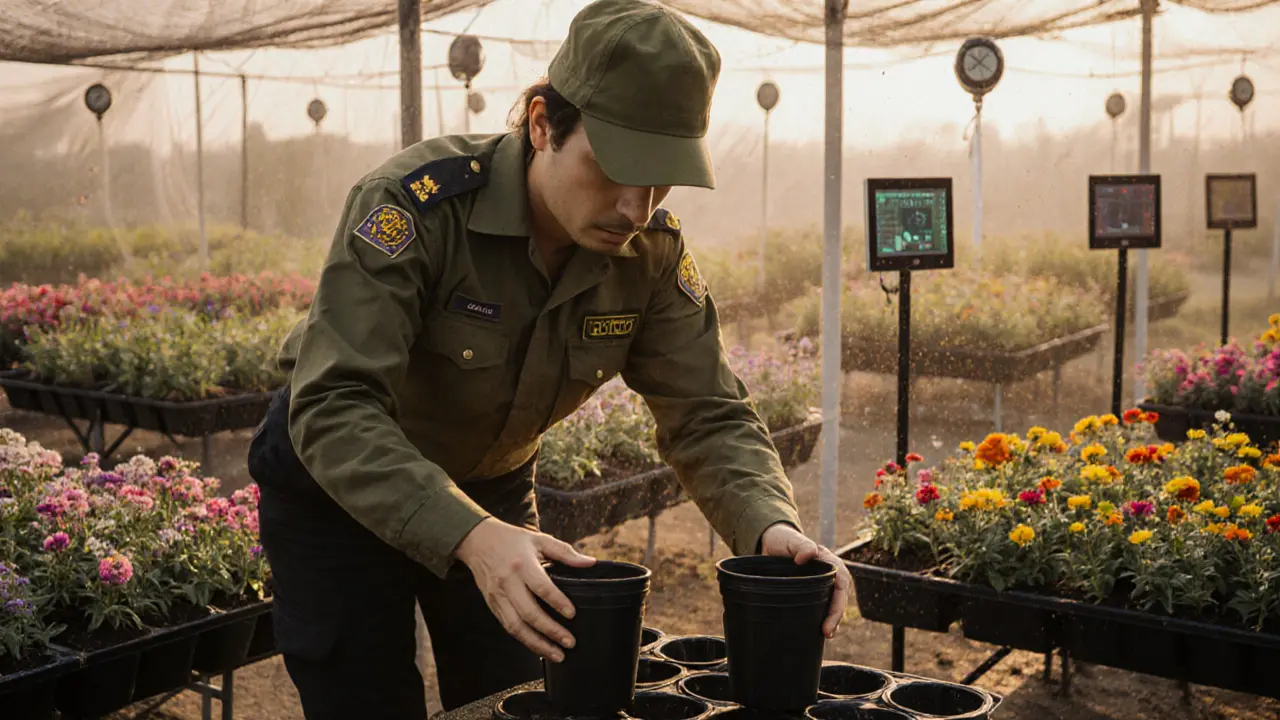
Waste and Plastic
Behind the scenes, the garden generates tons of plastic waste. Flower pots, irrigation tubing, protective covers, and signage are mostly single-use plastics. While the garden has started switching to biodegradable pots for some displays, the scale of operations makes full recycling difficult. Workers replace thousands of plants every few months as blooms fade. What happens to the dead plants? Most are composted, but the plastic containers? Many end up in landfills.
There’s no public data on exact waste volumes, but estimates from similar attractions suggest the garden produces over 150 tons of waste annually. That’s not just flowers-it’s packaging, maintenance materials, and visitor litter. The garden has recycling bins and signs asking visitors to dispose of trash properly, but enforcement is inconsistent.
Who Benefits? Who Pays?
The garden draws over 3 million visitors a year. That’s millions of hotel nights, taxi rides, and meals bought in Dubai. Tourism revenue from the garden supports hundreds of jobs and contributes to the city’s economy. It’s a major attraction for families, influencers, and wedding photographers.
But the environmental cost isn’t shared equally. Locals pay for water and energy through taxes and utility fees. Tourists don’t. The garden’s water comes from public recycling systems funded by the city. The energy comes from national grids. The carbon emissions from shipping flowers? Buried in global trade statistics.
Is it worth it? For many, yes. The garden gives people a rare moment of wonder in a city built on steel and sand. But it also highlights a deeper tension: can luxury tourism exist sustainably in fragile environments?
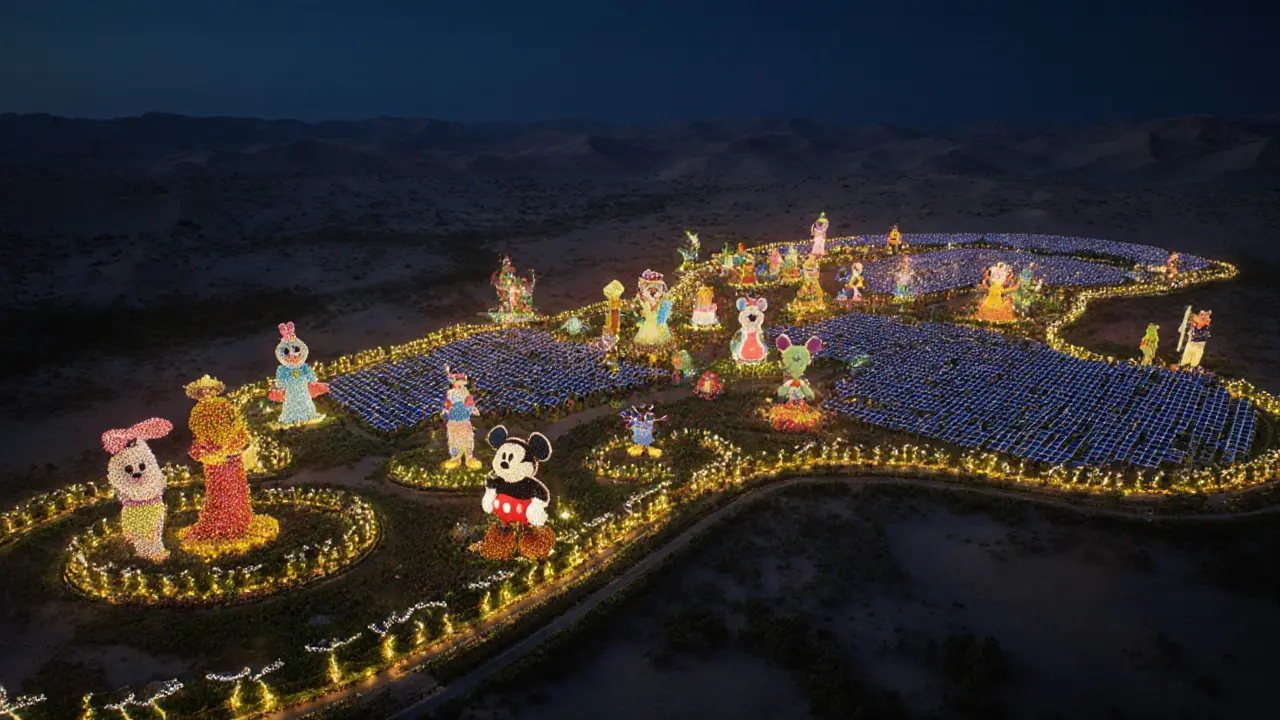
What’s Being Done to Reduce the Impact?
Dubai’s government and the garden’s operators aren’t ignoring the issue. They’ve made measurable changes:
- Switched to 100% treated wastewater for irrigation since 2018
- Installed over 10,000 solar panels to power lighting and pumps
- Reduced plastic pot use by 40% since 2022 by switching to compostable materials
- Partnered with local universities to test drought-resistant flower hybrids
- Launched a “Green Season” campaign to educate visitors on water conservation
These steps matter. But they’re still fixes within a system that’s inherently resource-heavy. The garden will never be “eco-friendly” in the traditional sense. It’s designed to be extraordinary-and extraordinary things in extreme places always come with trade-offs.
The Bigger Picture
Dubai Miracle Garden isn’t an outlier. It’s a symbol of a new kind of tourism: one that turns environmental limits into marketing opportunities. Similar gardens exist in Qatar, Saudi Arabia, and even in the deserts of Arizona. They’re all built on the same idea: if we can control nature, we can sell it.
The real question isn’t whether the garden is bad for the environment. It’s whether we should be building more of them. If every city with a desert climate followed suit, the global water and energy demand would skyrocket. And if we stop building them, do we lose something vital-beauty, joy, hope-in the name of sustainability?
There’s no easy answer. But the garden forces us to ask it. It’s not just a floral display. It’s a mirror.
Does Dubai Miracle Garden use fresh water?
No. Since 2018, the garden has used 100% treated wastewater for irrigation. This water comes from Dubai’s sewage treatment plants and is cleaned to a standard safe for plants but not for drinking. Using fresh water would be unsustainable in the desert climate.
How much water does the garden use each year?
The garden uses approximately 36 million liters of water annually. That’s equivalent to filling 14 Olympic swimming pools. Most of this water is recycled sewage, not natural sources like aquifers or rainfall.
Are the flowers in the garden native to Dubai?
Almost none of them are. The garden features flowers imported from countries like Mexico, the Netherlands, and Colombia. Native desert plants don’t bloom in the dense, colorful patterns tourists expect, so exotic species are shipped in under climate-controlled conditions.
Is the garden powered by renewable energy?
Partially. The garden runs on a mix of grid electricity and over 10,000 solar panels installed across its grounds. These panels power lighting, irrigation pumps, and climate-controlled greenhouses. While not fully solar-powered, it’s one of the most energy-efficient large-scale floral attractions in the region.
What happens to the flowers after they die?
Dead flowers and plant material are composted on-site and used as organic fertilizer for new plantings. Plastic pots and packaging are collected separately-some are recycled, but many still end up in landfills. The garden is working to reduce plastic waste by switching to biodegradable materials.
Is visiting Dubai Miracle Garden environmentally responsible?
It’s complicated. Visiting supports local jobs and funds sustainability upgrades. But the garden’s existence relies on massive water, energy, and transport resources. If you visit, consider it an experience worth reflecting on-not just a photo op. Choose off-peak hours to reduce crowd pressure, and follow waste guidelines. Awareness matters more than guilt.
